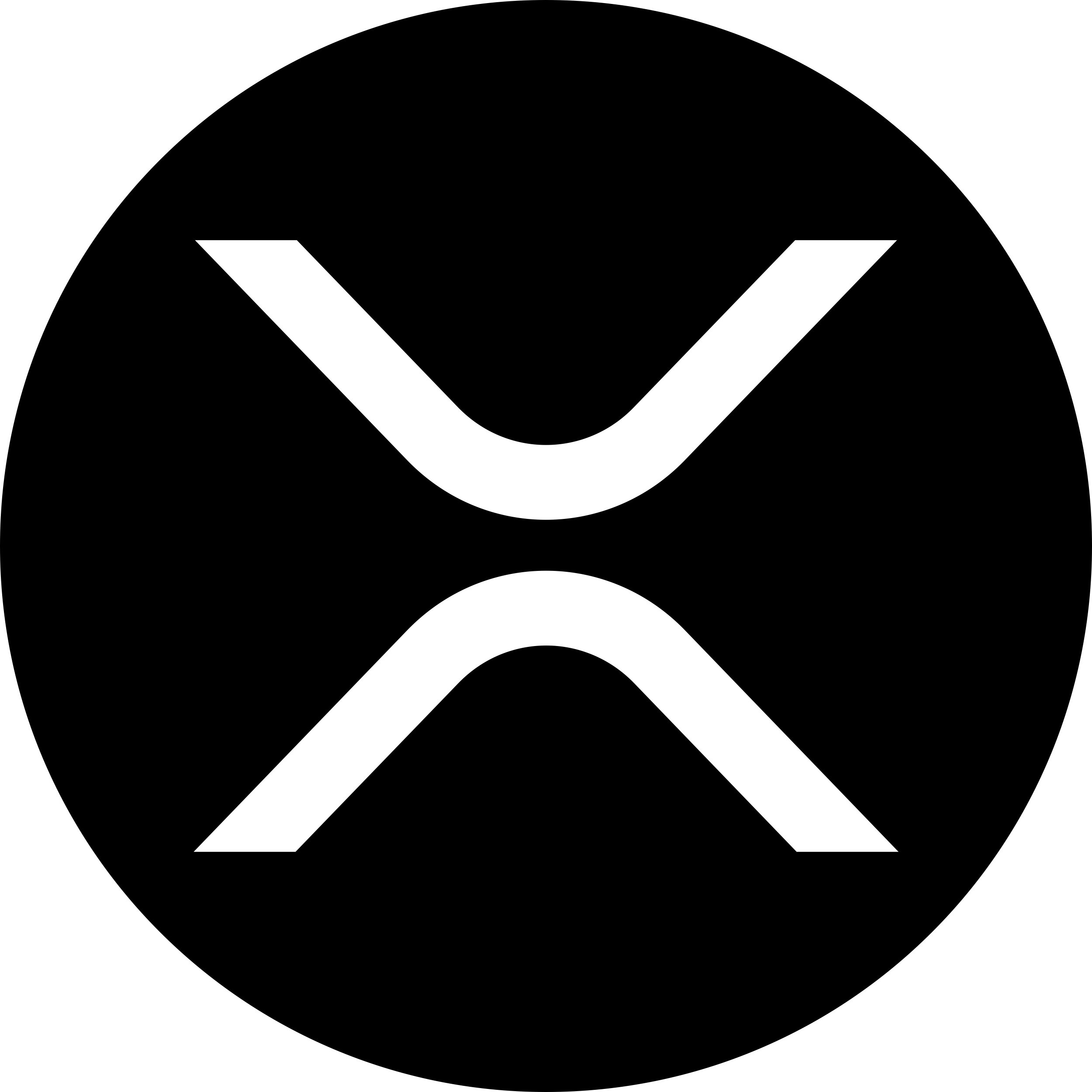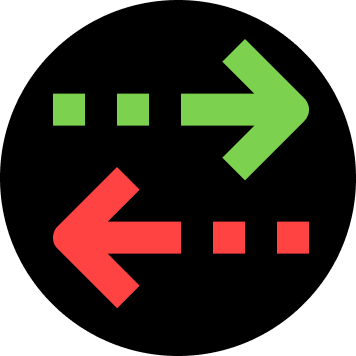Trading cryptocurrencies involves much more than placing buy or sell orders. It requires an understanding of market structure, liquidity, risk management, fees, and the technologies underlying digital assets. On this page you will explore how exchanges work, the difference between spot and margin trading, how to develop a disciplined process rather than chasing every price move, and how to view trading as part of a broader digital asset journey.

Mastering Cryptocurrency Trading | Key Concepts and Strategy
Core concepts for trading digital assets with a plan
FAQs About Crypto Trading
What is cryptocurrency trading?
Cryptocurrency trading involves buying and selling digital assets like Bitcoin, Ethereum, and Solana through exchanges or trading platforms. Traders aim to profit from price movements while managing risks such as volatility and liquidity.
How do crypto exchanges work?
Crypto exchanges act as marketplaces where users can trade cryptocurrencies using fiat money or other tokens. They offer order books, liquidity pools, and varying fee structures depending on the exchange type and trading volume.
What is the difference between spot and futures trading?
Spot trading means buying or selling a cryptocurrency at its current market price. Futures or perpetual contracts allow traders to speculate on future price movements, often with leverage, which increases both potential gains and risks.
How can beginners start trading crypto safely?
Start by choosing a regulated exchange with strong security features, enable two-factor authentication, and never risk more than you can afford to lose. Learn basic technical and fundamental analysis before placing your first trade.
What are the most traded cryptocurrencies?
Bitcoin (BTC) and Ethereum (ETH) lead global trading volume, followed by Tether (USDT), Solana (SOL), XRP, and BNB. These coins typically offer high liquidity and are listed on most major exchanges.
What tools help with crypto trading?
Traders often use charting software, portfolio trackers, and news alerts to follow price trends. Automated trading bots and AI-driven analysis tools can help manage positions more efficiently, but they still require oversight.





 Guide to XRP
Guide to XRP What is Base
What is Base What is BNB
What is BNB What is Solana
What is Solana Perps Guide
Perps Guide Comment Acheter Ethereum
Comment Acheter Ethereum Bitcoin Acheter
Bitcoin Acheter Wo Dogecoin Kaufen
Wo Dogecoin Kaufen